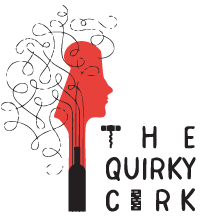After lunch at the Paris Passage, we headed east of Budapest to the Mátra region. With vineyards located on the lower slopes of the Mátra mountain range close to the border with Slovakia, this is Hungary's second largest PDO. Just west of Eger, the soils here consist largely of volcanic soils, sand, and loess which contribute to the region's signature aromatic whites and structured red wines.
[caption id="attachment_16378" align="alignright" width="500"] Map courtesy of Hungarianwines.eu[/caption]
White grape varieties here include Irsai Olivér, Rizlingszilváni, Olaszrizling, Zenit, Leányka, Hárslevelű, Sauvignon Blanc, Szürkebarát (Pinot Gris), Chardonnay, and Tramini. For reds, Kékfrankos dominates but Turán, Zweigelt, Cabernet Sauvignon, Syrah, and Merlot.
Getting to Know Mátra
We arrived
Read More













